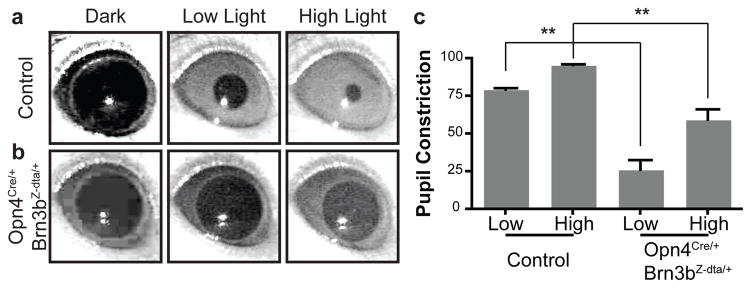Figure 3. Opn4Cre/+;Brn3Z-dta/+ mice show severe deficits in the pupillary light reflex PLR).
a–b, Representative images of PLR from control and Opn4Cre/+;Brn3bZ-dta/+ mice. Left panels show pupils under dark conditions, middle panels show pupils under low light intensity (22 μW/cm2) and right panels show pupils under high light intensity (5.66 mW/cm2). c, Quantification of PLR data from control (n=5) and Opn4Cre/+;Brn3bZ-dta/+ n=6) animals. ** indicates p<0.01 with 1-way ANOVA. Error bars represent SEMs.

